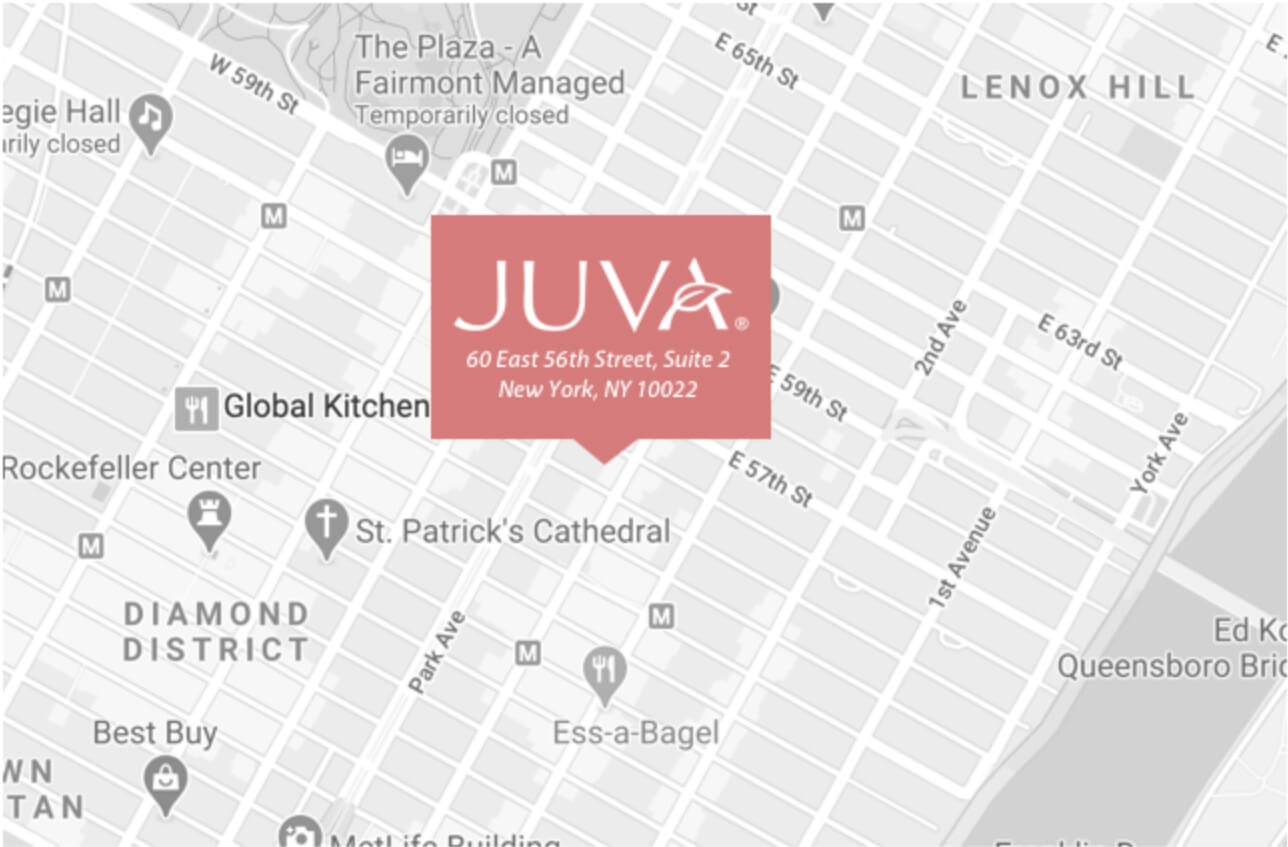For the most part, there aren’t a lot of medical contraindications,” notes Dr. Bruce Katz, a board-certified dermatologist and founder of Juva Skin and Laser Center in New York. He cites a few medical conditions, like dystonias or multiple sclerosis, as reasons a potential patient wouldn’t be able to receive Botox (although it depends on the individual and should involve a discussion with their doctor). And, of course, there are the people with needle phobias. Adds Dr. Sunder, “The main reason that patients report for not wanting Botox is a fear of ‘looking frozen or unnatural.’ In those situations, I spend some time educating patients that Botox can look quite natural if performed with the right dose and using artful placement.”
Of all the alternatives on the list, this one bears the distinction of being “the next best thing to Botox” in terms of wrinkle reduction, according to dermatologists. “It’s a laser that resurfaces the skin to take away dark spots, scars, wrinkles, and lines,” says Dr. Katz. It’s called fractional because it only treats a fraction of the skin — it leaves microscopic columns of untreated tissue within the treated areas, which help speed up your healing time and minimize your chance of side effects. Dr. Katz notes it is one of the most popular treatments in his office and that he performs five to six per day.
While Fraxel was one of the first fractional CO2 lasers on the market, the technology has since evolved and Dr. Katz says the more popular devices now include SmartXide DOT and SmartSkin. Side effects include redness and puffiness for a few days, and there is a chance of developing herpes simplex virus around the mouth, which is why many patients are prescribed oral antivirals to fight infection prior to their treatments.
Now that that’s out of the way, one area that’s shown some promise in the anti-aging category is light-emitting diodes, aka LED technology. Specifically red lights, which, according to Dr. Katz, have been shown to have some effect on fine lines and wrinkles. “You need a lot of treatments and you need to do them every day or every other day and those benefits will fade, however we’ve looked at it over the years for skin rejuvenation in something we call photobiomodulation.” The key is to be sure you are getting a device that is using a beneficial wavelength and not just a red lightbulb — Dr. Katz says it should be in the infrared light zone (which is 700 to 1,000 nanometer wavelength). Try the LightStim for Wrinkles, a handheld device that emits four different wavelengths simultaneously, including one that’s 855 nm.




